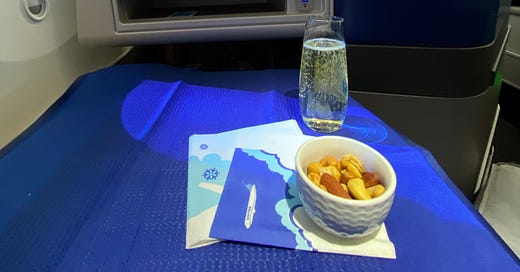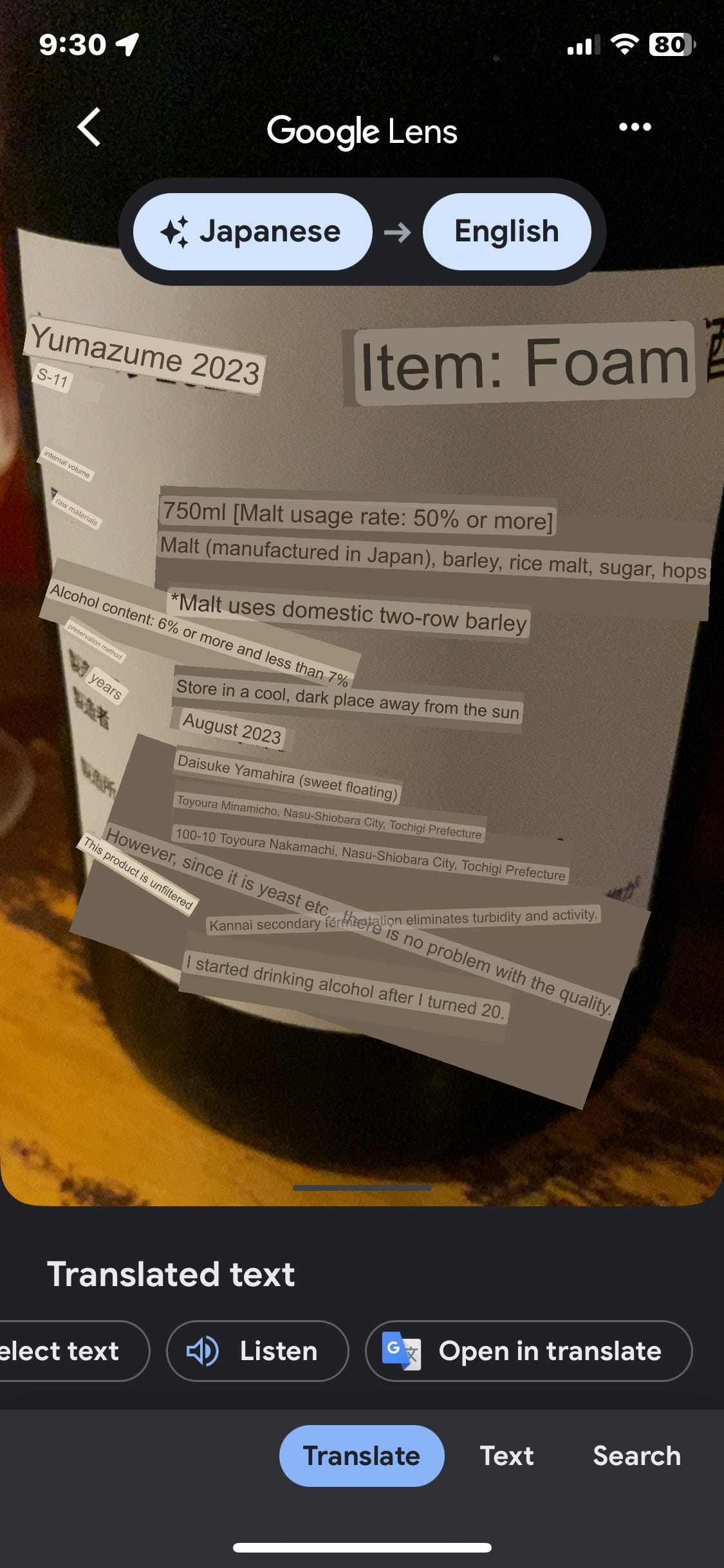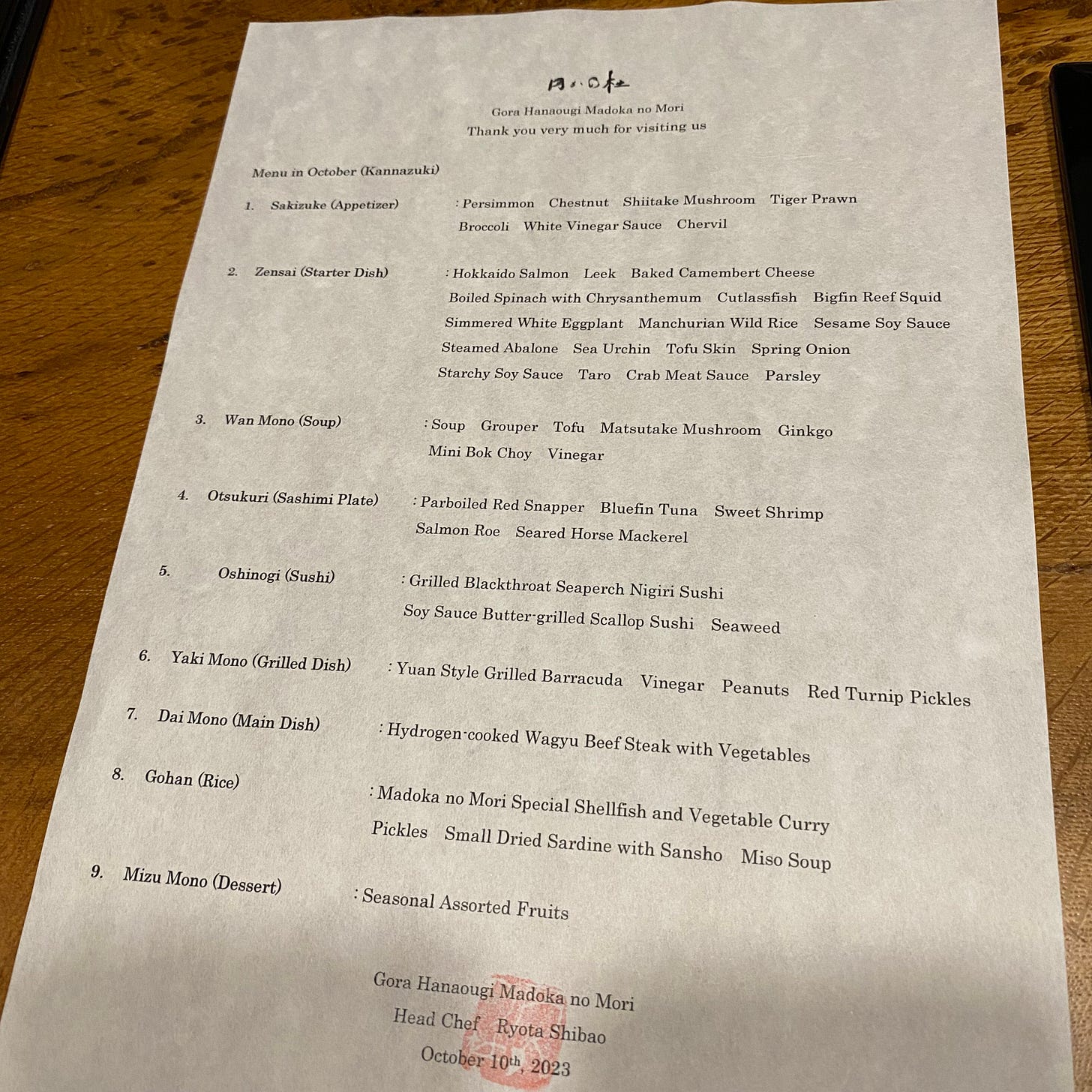Those of you who have followed Swan Fungus since 2005 might be surprised to learn I got married in October of 2022. And then again in June of 2023.
Yes, to the same woman.
It makes more sense when you realize that we’re both originally from the East Coast, we both have immediate family members who aren’t in good health, and we both know that after 15+ years of building our lives in Los Angeles none of our friends would deign to fly to New Jersey for a wedding.
Ergo, two weddings.
We agreed almost immediately that Japan would be our honeymoon destination. What I didn’t know when we made that decision was that I’d be responsible for planning the lion’s share of the trip. This is not something that comes naturally to me. Am I a control freak? Yes. Does that make me a good project manager and a level-headed, organized, budget-conscious travel agent? Um…No.
As it turns out, I did a pretty good job at planning the thing! At the very least the response from friends and family who followed our adventures on Instagram was positive. Everyone I know is now asking for advice while planning their own trips to Japan. Well, consider this your lucky day. I’m going to dedicate this post to sharing our itinerary, discussing what went into all the essential arrangements, offer tips on accommodations and flights, and fill in whatever blanks I can to make your experience as easy as possible.
Don’t even think about asking me in real life for more suggestions or recommendations. This is it. This is my one resource. Use it or lose it.
Planning started four-to-six months before the trip. Technically it started back in 2021 when we got engaged. I opened two credit card accounts that were instrumental in helping to lighten our financial burden. The Capital One Venture X card has a huge sign-up bonus, as does the World Of Hyatt card. Several years of accrued everyday spend on my trusted Chase Sapphire Preferred plus existing United MileagePlus miles gave us enough points to fly non-stop from LAX to Tokyo (Narita) business class on United Airlines. I then transferred The Capital One miles I earned to Singapore Air for two non-stop business class tickets from Tokyo (Haneda) back to LAX. And for insisting on staying at Hyatt Hotels while traveling around the US for a year, I had enough points and award nights for us to stay at the Grand Hyatt in Tokyo (3 nights) and the Hyatt Regency in Tokyo (2 nights) for free.
Trust me. Credit card points/miles are your friend. Don’t fall for cash back or dining rewards or any other perk. Always use a card that earns points/miles. Furthermore, don’t freelance. Pick brands you can tolerate (ie. United Airlines, Hyatt Hotels) and apply for credit cards with points that transfer to those brands or fancier ones. Use those cards diligently to earn as many miles as you can.
Things to plan in advance, NOT accommodations or flights:
Learn some Japanese. At least make an effort. We downloaded Learn Japanese With Paul Noble For Beginners on Audible and practiced whenever we were in the car together leading up to the trip. Duolingo is good for vocabulary words but not conversational Japanese. Don’t worry about reading kanji. Most places have signs in English. If they don’t…
Download Google Translate. Click the camera button at the bottom right of the home screen. Aim your phone’s camera at anything and the app will translate it for you. Take a picture if you want to save it. Isn’t technology wonderful?
Pay for Pocket Wi-Fi. I chose Ninja Wi-Fi. It was gift-wrapped waiting on the desk in my hotel room when I arrived in Tokyo, and they have return kiosks at both Tokyo airports. It holds a charge well. Pro tip: turn it off if you’re walking around using Google Maps because it can throw off your location.
Commit to pay for luggage forwarding. If you’re traveling by train to multiple cities, lugging large suitcases might be a pain the butt. I say “might be” because we never had to. We paid to have our suitcases overnighted to our next destination. All we had to take with us on trains were our backpacks.
Dinner reservations can be made for free by your hotel concierge, or on websites like Tablecheck. Some reservations are more difficult than others. More on that later.
Tickets for attractions that might sell out should be bought in advance. They usually go on sale one month in advance.
Suica Card / Shinkansen
You don’t have to buy a pass in advance. A lot of people buy JR Passes for different lengths of time but IMHO it’s way more important to have a Welcome Suica Card (which you can grab at the airport upon arrival). All of our Bullet Train tickets were purchased day-of, in one instance about 20 minutes before the train was scheduled to depart. If there’s one thing I wish someone told me ahead of time about travel within Japan, it’s not to worry about the subway or regional trains. It’s a piece of cake. Don’t bother with the Shinkansen and Suica apps, even though it will make you feel very cool to set them up and use them.
Part 1

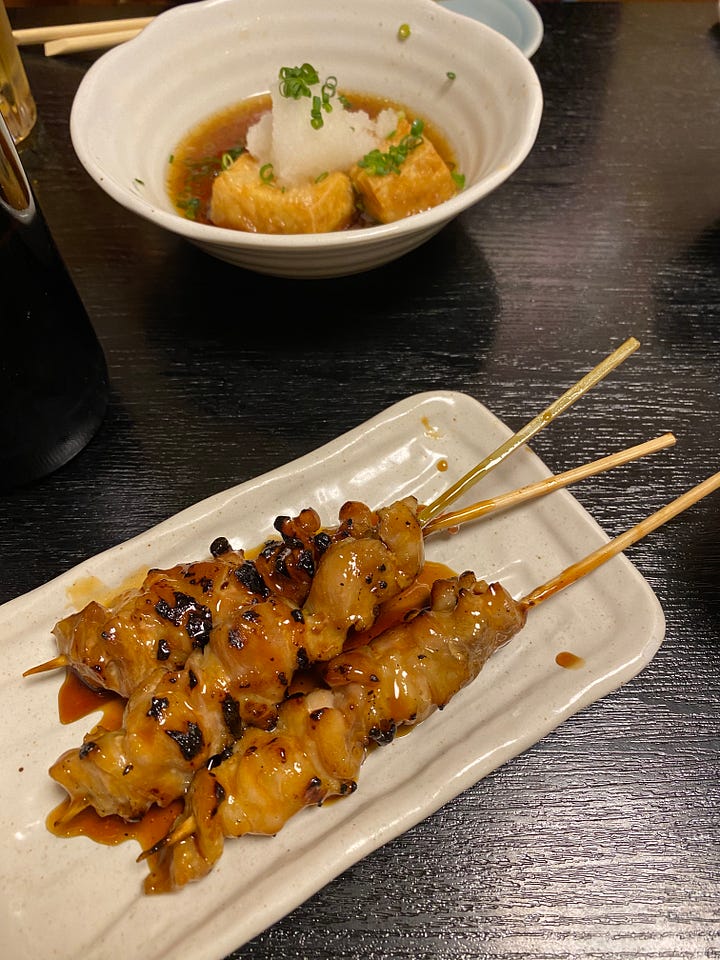
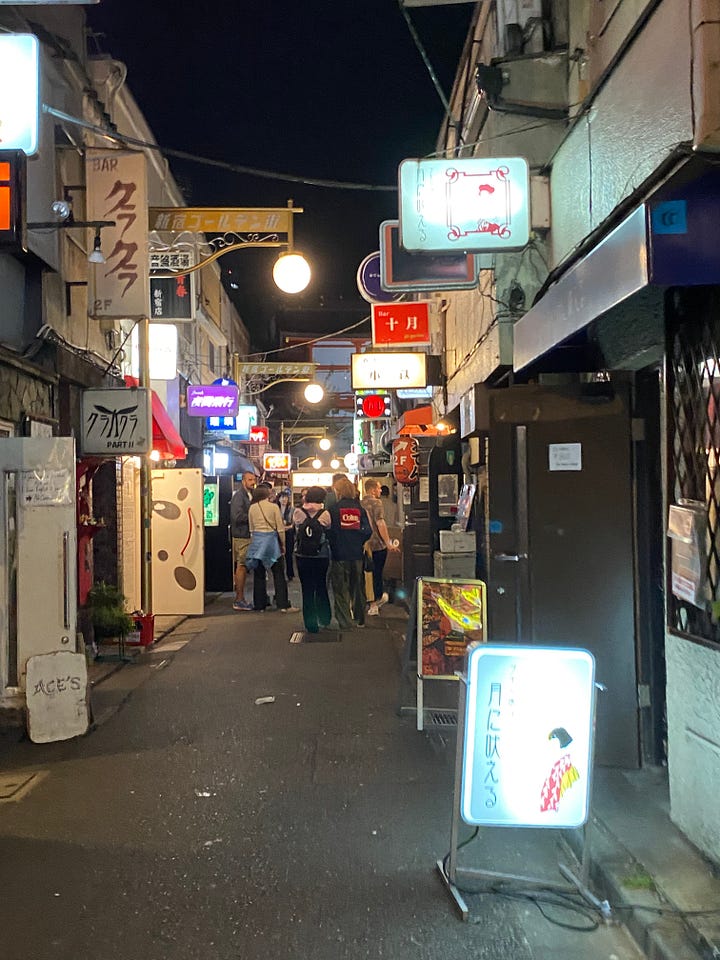

Day 1: Arrive in Tokyo
Hotel Check-in
Dinner: Omoide-Yokocho
Drinks: Golden Gai
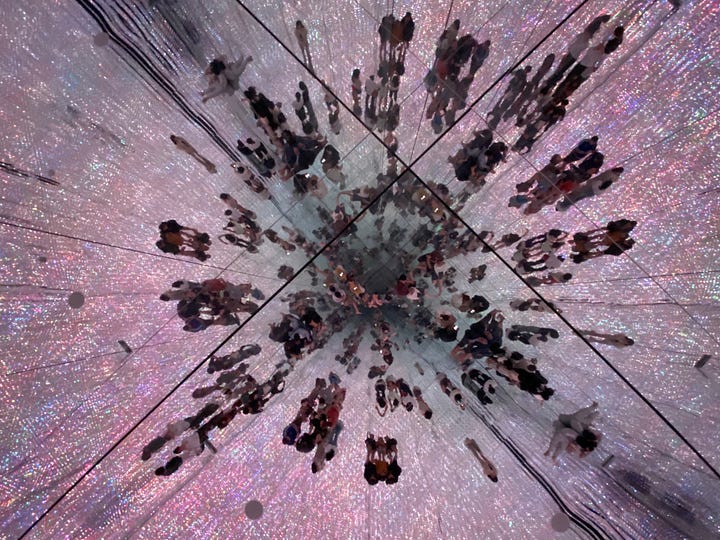
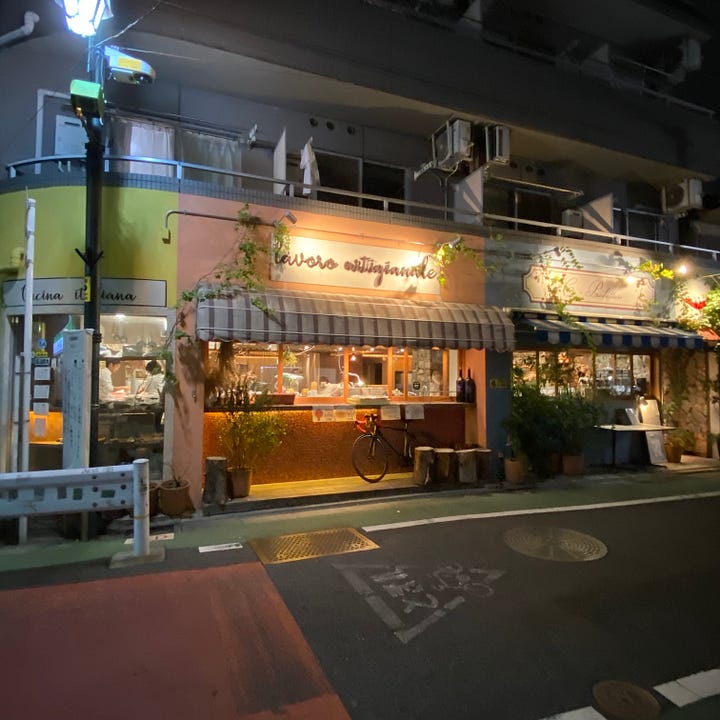
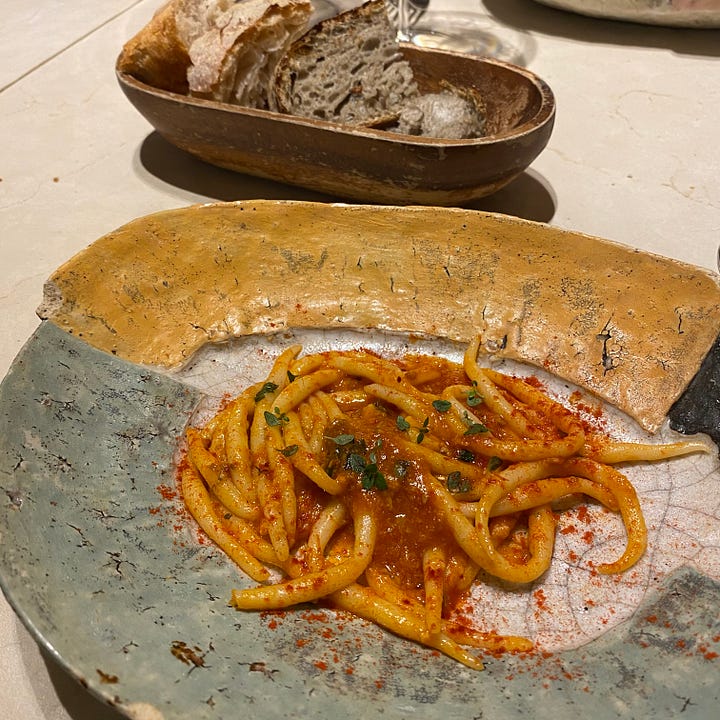

Day 2: Tokyo
Breakfast: Micasadeco & Cafe
TeamLab Planets
Lunch: Kankokusakaba Kokkio
Explore Ginza
Dinner: PepeRosso
Drinks: Pigalle
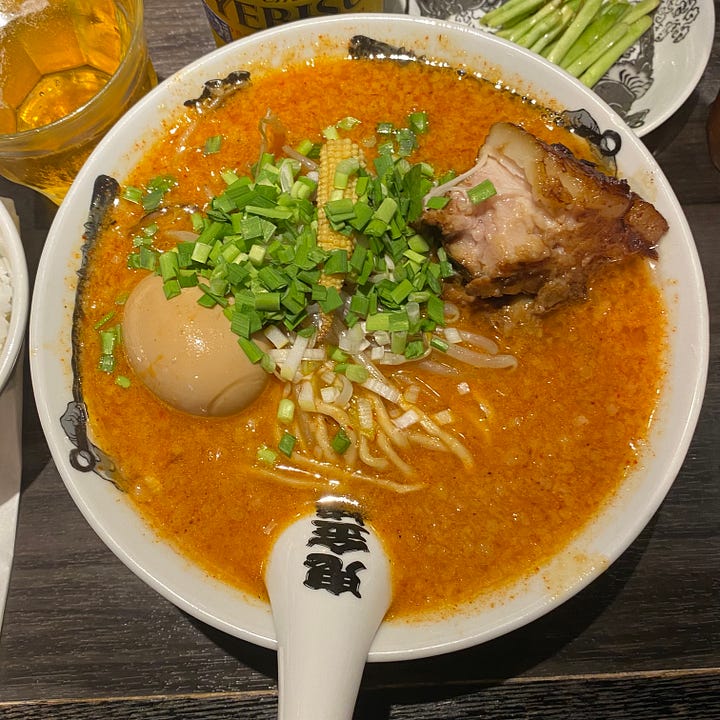
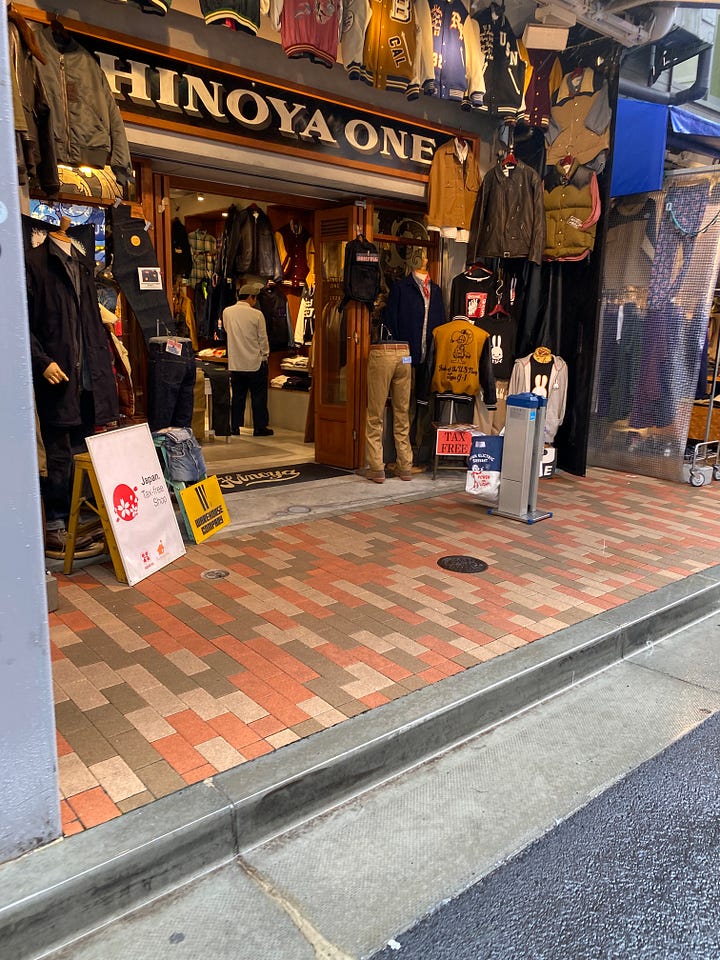

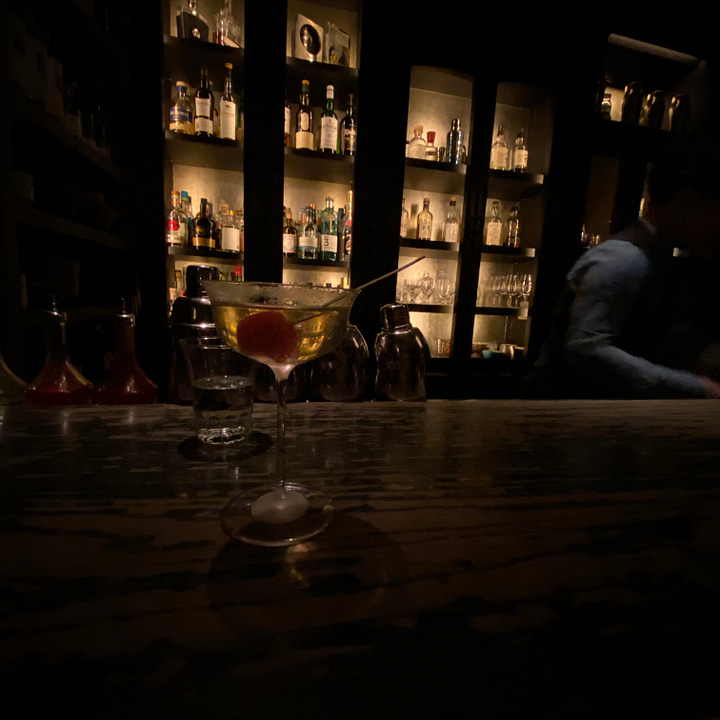
Day 3: Tokyo
Breakfast: Bricolage Bread & Co.
Explore Akihabara
Snack: Square Enix Cafe
Lunch: Kikanbo Ramen
Explore Ueno/Americaya
Shibuya Sky
Dinner: Parc Shibuya Depato
Drinks: S.G. Club
Notes:
We stayed at the Grand Hyatt in Roppongi. We loved the location. There’s a subway station below the mall that is attached to the hotel. On our first night our plan was to stay up as late as possible to adjust to the time change (17 hours!). We went to a wonderful old izakaya called Yasubee for dinner and then walked around Golden Gai for hours drinking at a bunch of different bars. Our favorite was Atom Heart Mother. Other recommendations would be La Jete, Bar Darling, Cambiare, and Deathmatch In Hell.
TeamLab Planets is overrated, but we had a lot of laughs at how bizarre it is. Everyone else seemed to take it so seriously. It is one of the “most Instagrammable” places in Tokyo right now, but it feels like more of a Gen-Z spot than anything else. I got the idea from Reddit’s Japan Trips & Travel Tips, but to be honest after reading ten or twenty itineraries I realized I have almost nothing in common with anyone who posts there.
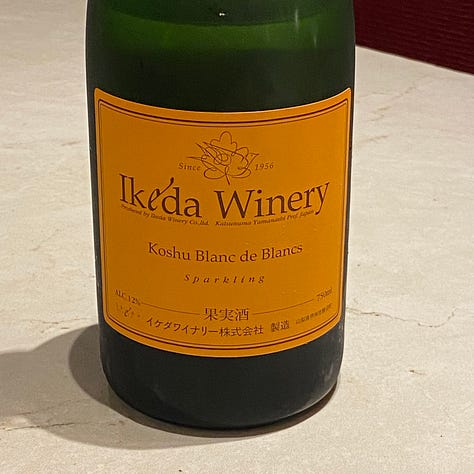

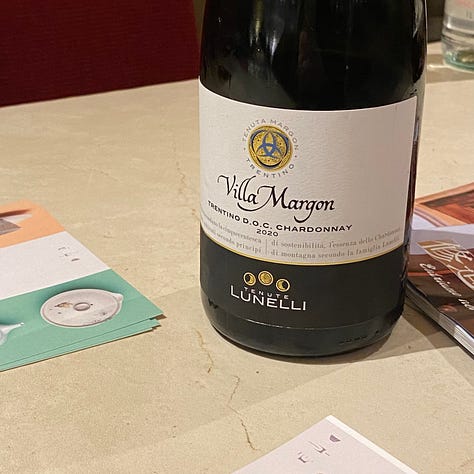
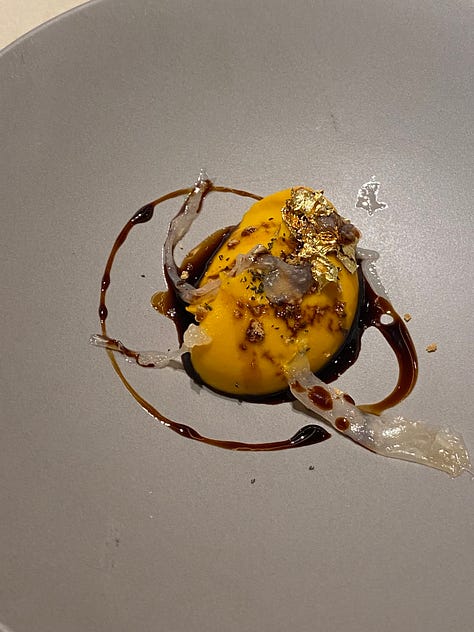
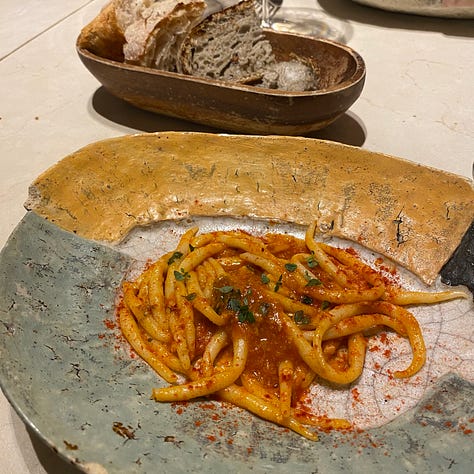


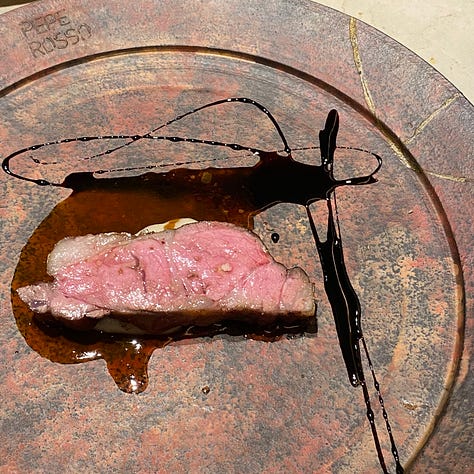

I posted about PepeRosso on Instagram, but it was one of the best meals of the entire trip. The chefs and staff don’t speak English well, so we could order in Japanese but conversation beyond that was limited. Google Translate allows you to type or speak a message and it will translate it and speak it aloud in Japanese. This came in handy in the very few instances where there was a language barrier. Your hotel concierge can book the reservation if you struggle with one of the Japanese reservation sites. A set meal with wine pairing is either 7,480Y ($51.80) or 10,560Y ($73.40). Honestly I consider it one of the best deals of the entire trip.
Walking distance from PepeRosso is one of the best beer bars in Tokyo, Pigalle. I’ve posted on Instagram about that as well.
Kikanbo was our favorite bowl of ramen the entire trip. Leave some time as there is always a line. Our wait was maybe 40 minutes for lunch.
Shibuya Sky is a fun little Instagrammable spot to hit before going out for then night. My suggestion is buy your ticket in advance (they sell out), for whatever time sunset is on your day of choice. Great for pictures of the Tokyo skyline and Shibuya Scramble. When we went it was overcast and drizzling so the observation deck was closed. We only got so high up as the floor below the roof.
Nearby is Parc Shibuya. Like all depāto (department stores) in Japan, it has amazing food options. If you see something online about a great place to eat and it looks like it’s in a mall food court, have no fear. Depāto have some of the best food in Japan. Here we suggest Tanakasobaten (Taro from Vinyl Anaconda has a “Ramen Head” son who claims it’s one of his favorites in all of Tokyo) and Hakata Tempura Takao, which boasts reasonably priced and delicious tempura set meals (2x pork, chicken breast, simmered egg, and 3x vegetables costs $8 and change).
S.G. Club is #36 on this year’s list of the World’s 50 Best Bars. You will need to book seats in advance. We mentioned it was our honeymoon when making the reservation and we got prized seats at the bar downstairs, where we could watch the mixologists (who speak fluent English) craft their incredible libations.
Part 2


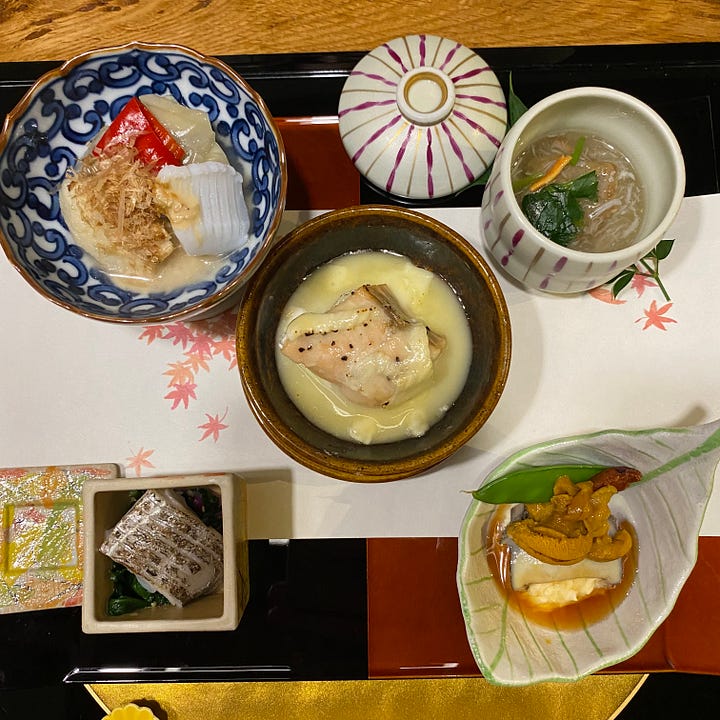
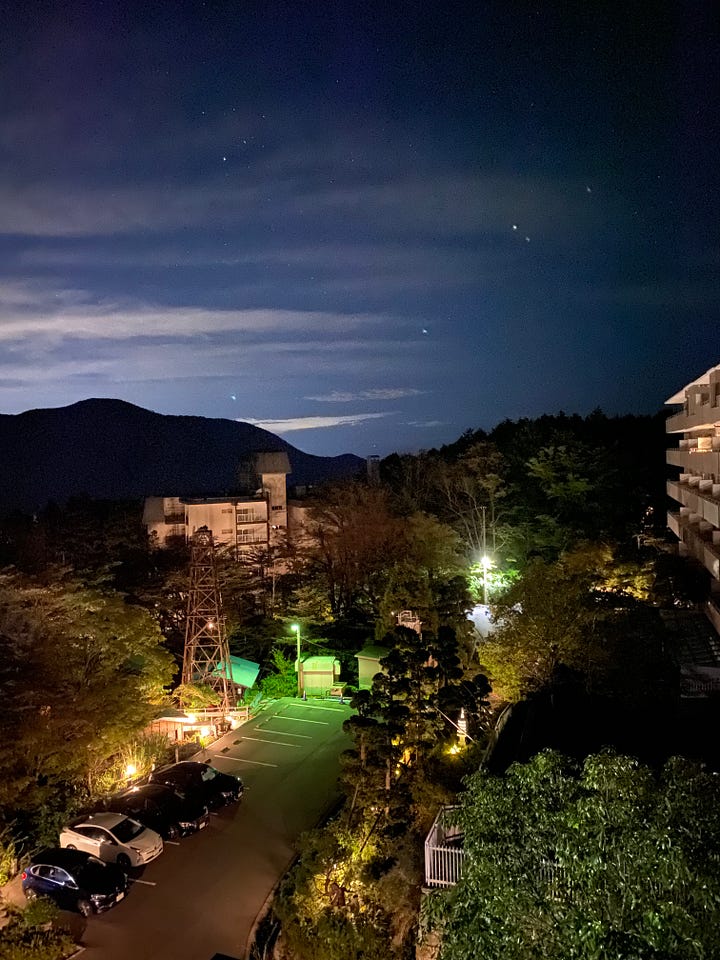
Day 3: Hakone
Hotel Check-out
Breakfast: 7-11 & Train Station Snacks
Train to Hakone-Yomoto / Gora Station
Lunch: Gora Brewery & Grill
Onsen Ryokan Check-in
Dinner: Included (see below)
Notes:
We wanted to spend one night at a traditional Ryokan (inn) with onsen (hot springs). Friends who have been before made several suggestions. We chose Madoka no Mori. It might seem expensive compared to a normal hotel booking, but it’s all-inclusive. That includes private shuttle from the train station, access to the public baths, an on-site bar, and both dinner and breakfast. The meals we were served were two of the largest meals we had the entire trip, and they were both delicious. Dinner was 9 courses, and each course had multiple components. Breakfast was two courses. We left feeling so full from breakfast we weren’t even sure if we would need food the rest of the day.
Getting to Hakone requires a ticket on the Limited Express Romancecar (which you can book online or in-person). You can add on a Free Pass from your departure destination for a few dollars more, which will grant you access to the cable car, ropeway, local busses and the pirate ship.
Most Ryokan don’t have check-in times until mid-afternoon, so once you get to Gora you can explore the small town or use your Free Pass go to the top of Owakudani for the famous black eggs. Each one consumed will add one year to your life. Hakone Shrine is an important and powerful shrine. The town has several cute shops that are worth investigating. We had a snack at Gora Brewery & Grill, stopped for green tea ice cream and pastries across the street from the train station, and picked up souvenirs from the nearby shops. The area is famous for their wood mosaics, which make great gifts for friends and family.
Part 3
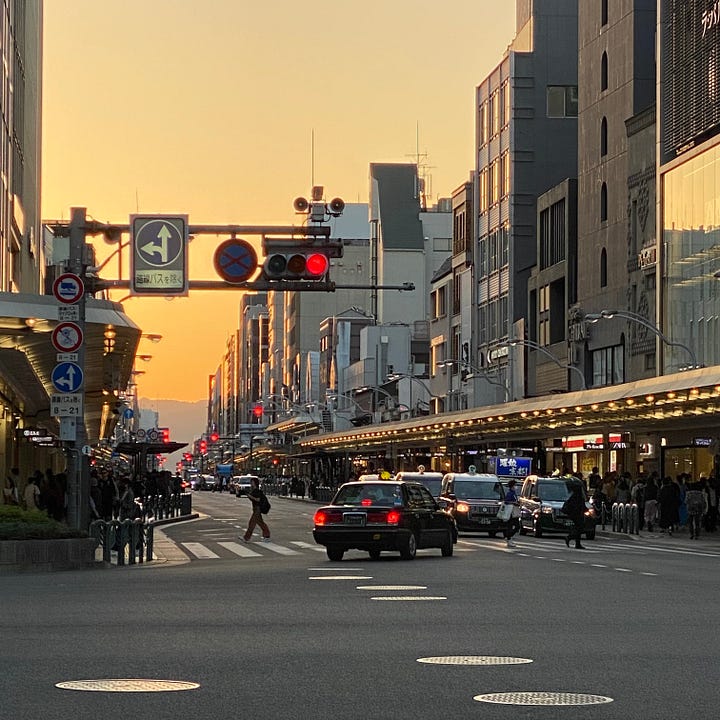
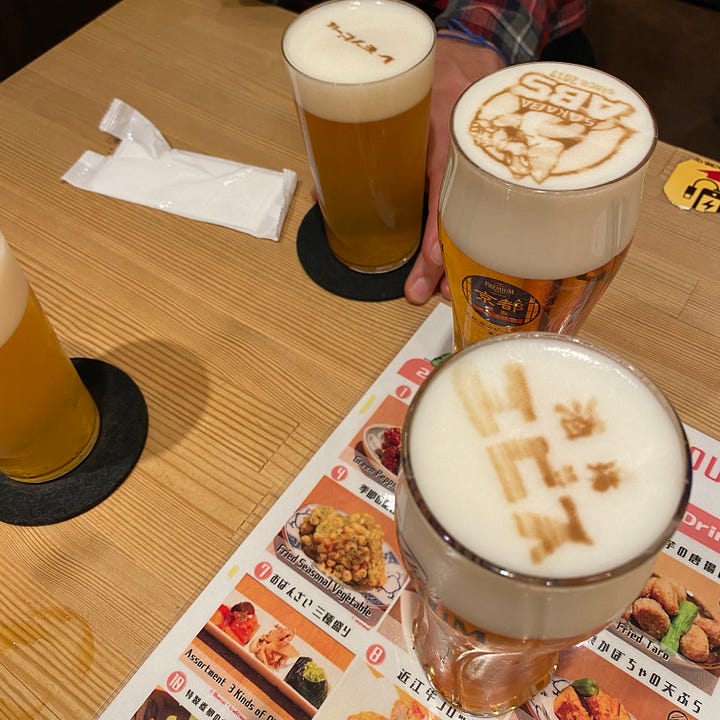
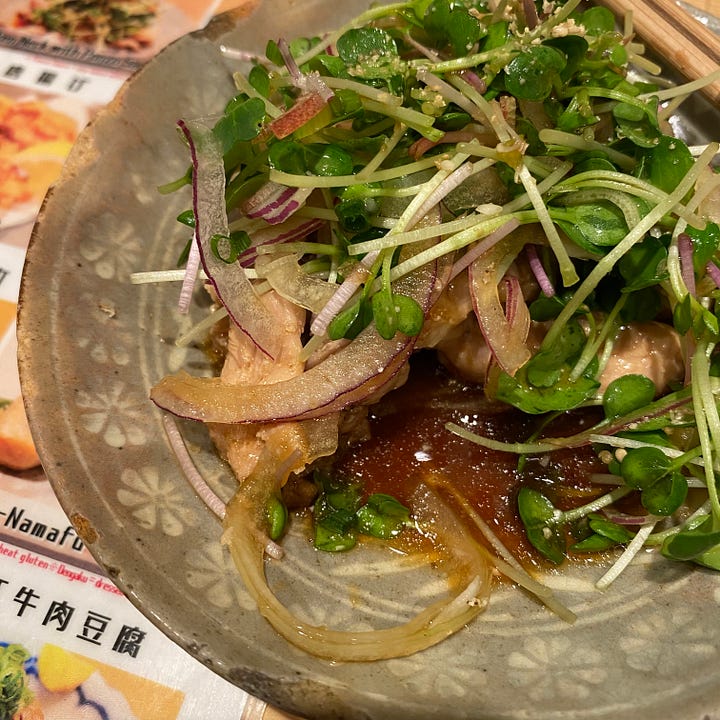

Day 4: Kyoto
Breakfast: Train Station Snacks
Shinkansen to Kyoto
Airbnb Check In
Dinner & Drinks: Pontocho Alley/Gion


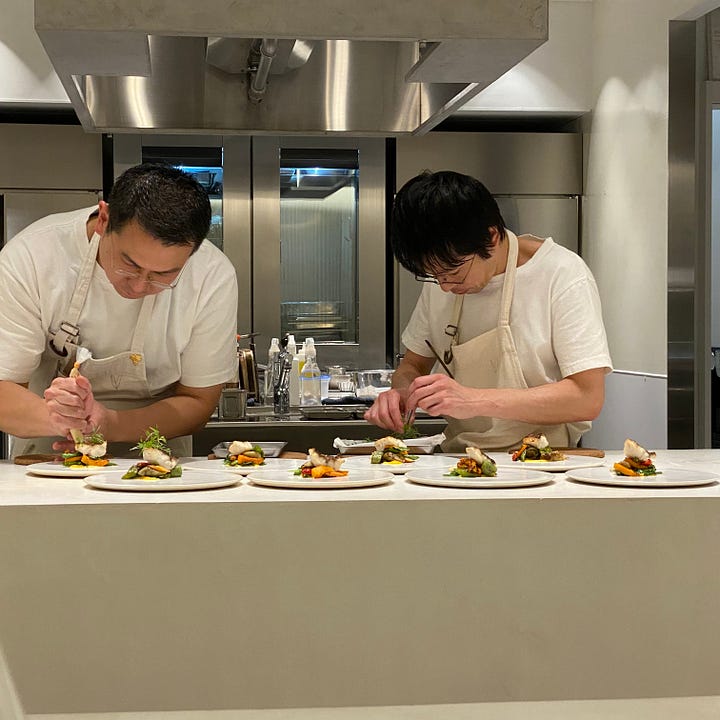
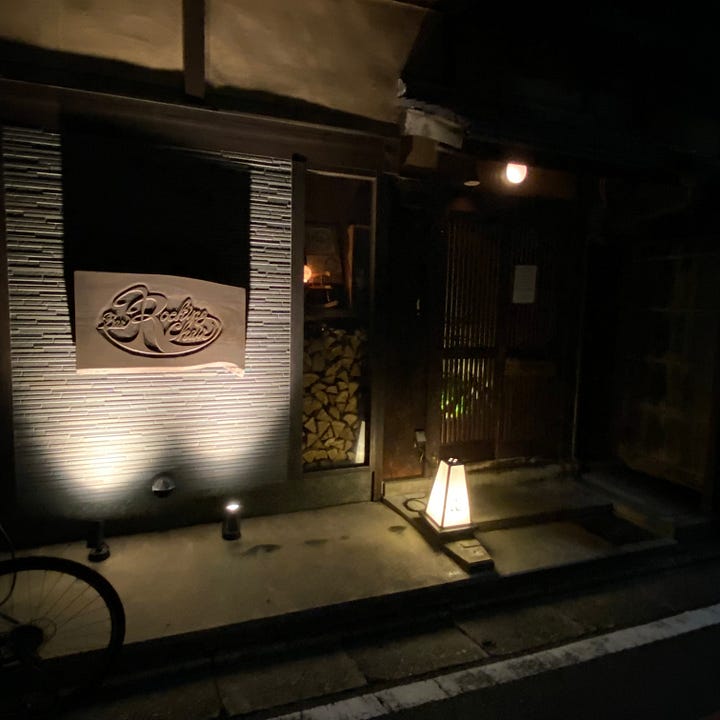
Day 5: Kyoto
Tour the Gekkeikan Sake Distillery
Dinner: Takayama
Drinks: Bees Knees & Bar Rocking Chair
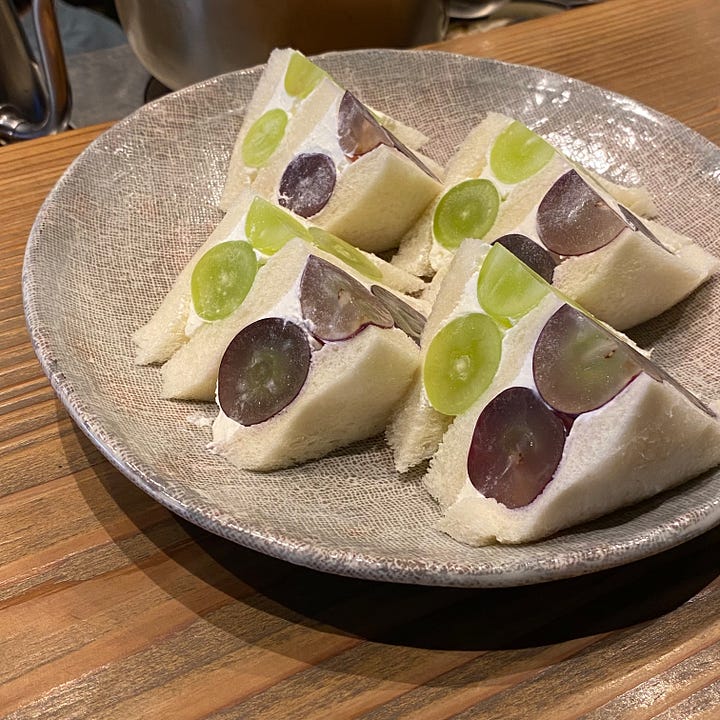
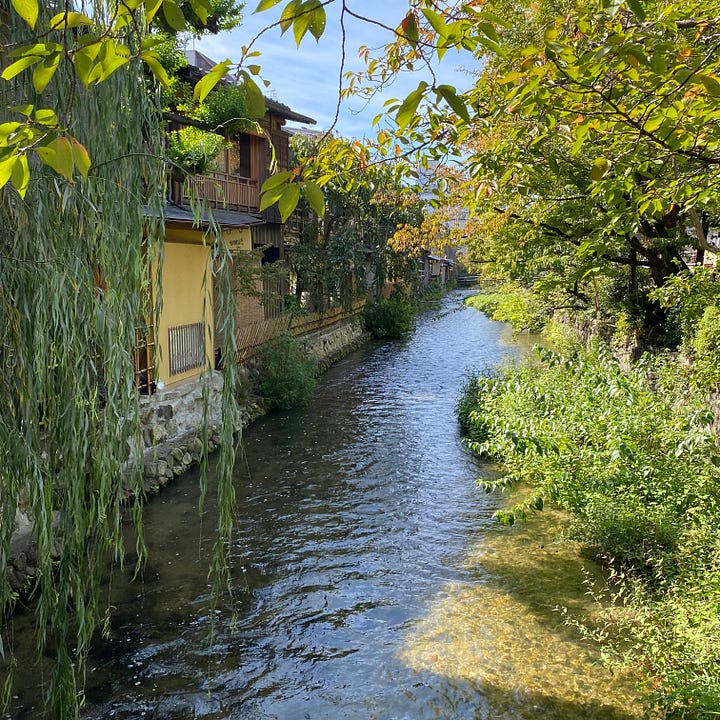

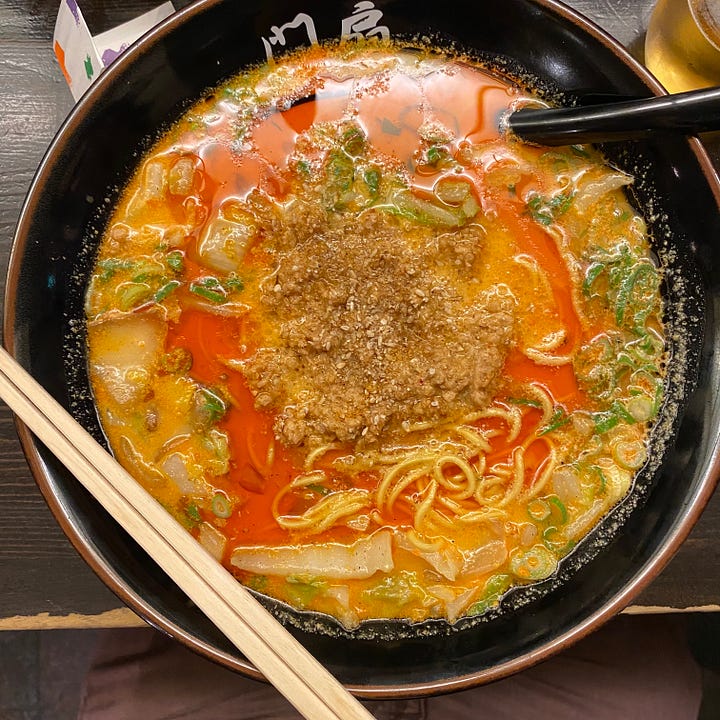
Day 6: Kyoto
Breakfast: Ichikawaya Coffee
Lunch: Menbaka Fire Ramen
Record Shopping (Parallax, Jetset)
Drinks: Shalara Craft Beer
Dinner: Torigara Ramen Monsen Kiyamachi
Drinks: Revoir
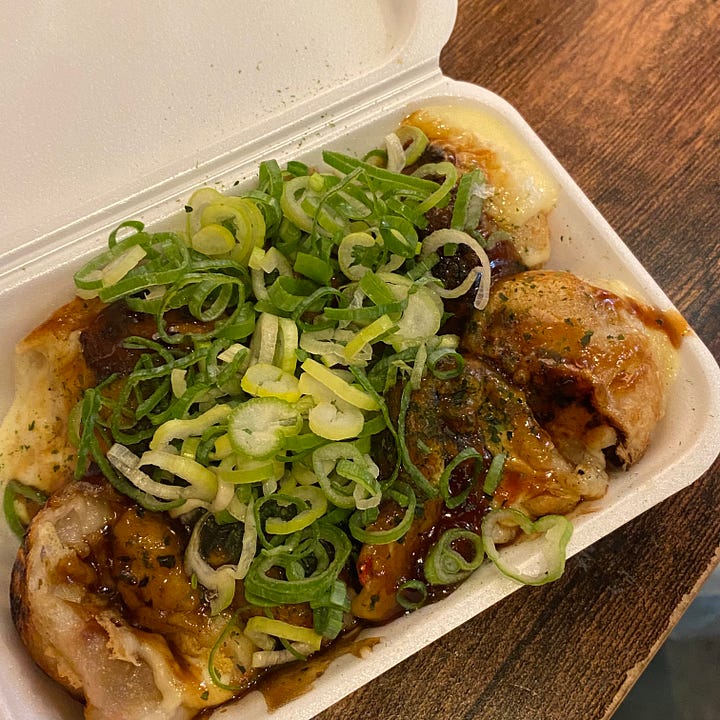
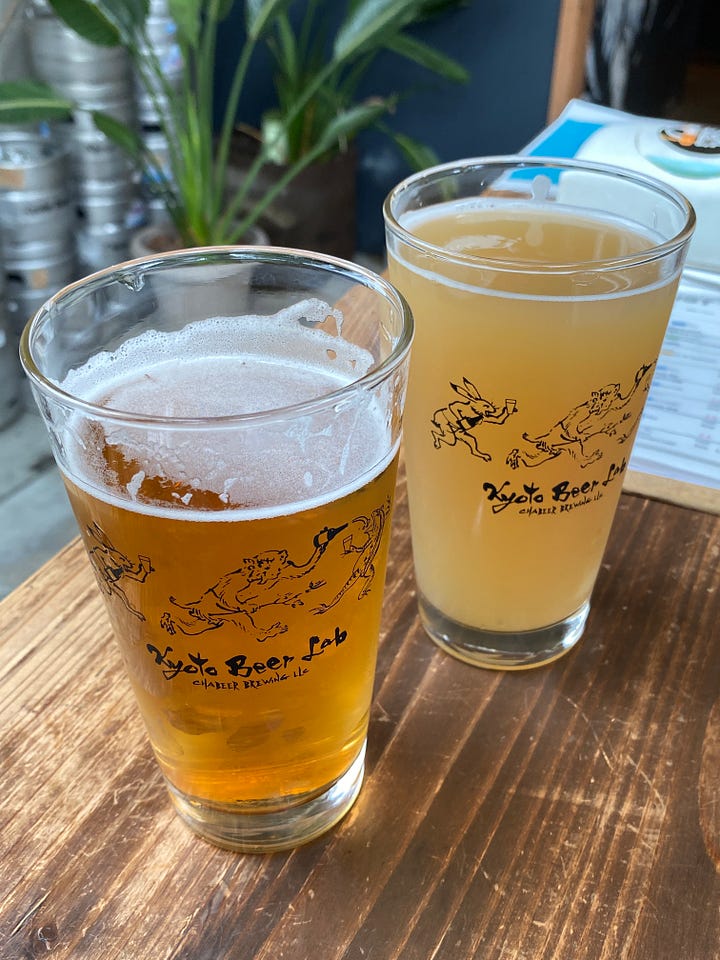
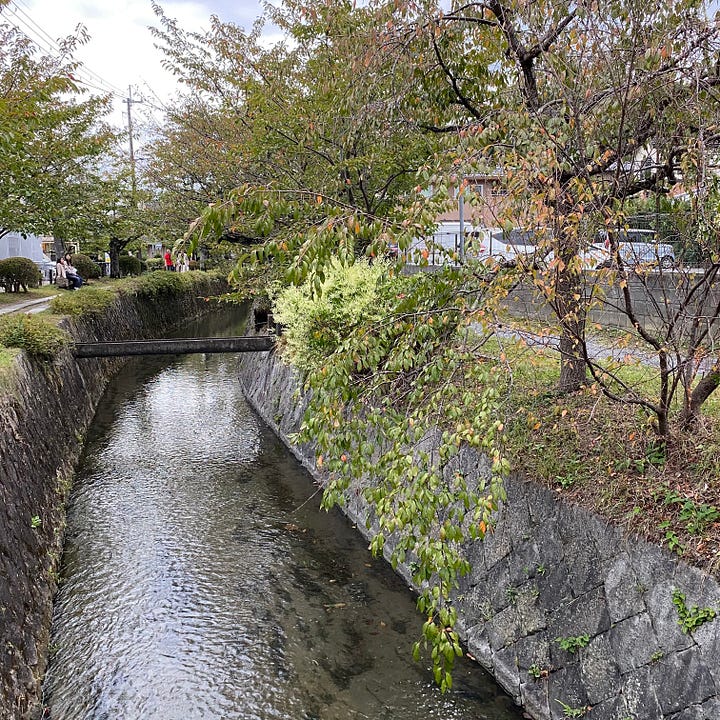

Day 7: Kyoto
Coffee: Weekenders
Breakfast/Lunch: Nishiki Market
Drinks: Kyoto Beer Lab
Philosopher’s Path
Dinner: Monk
Drinks: Grand-Bar, Seven & Seven
Late Night: 7-11

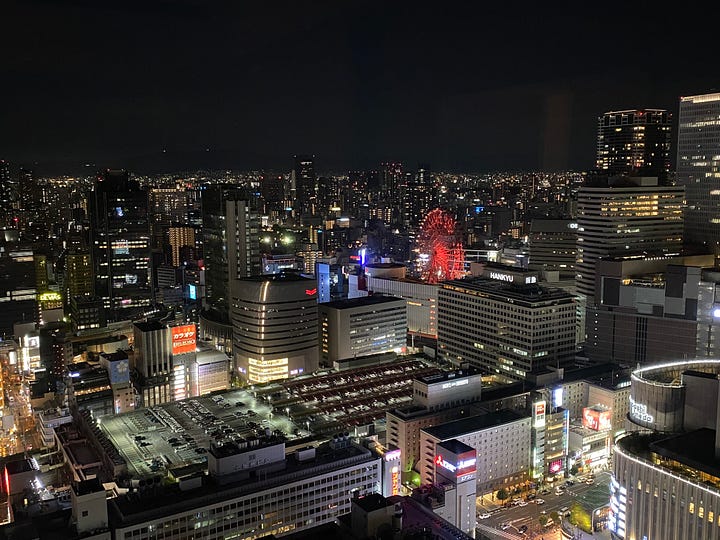
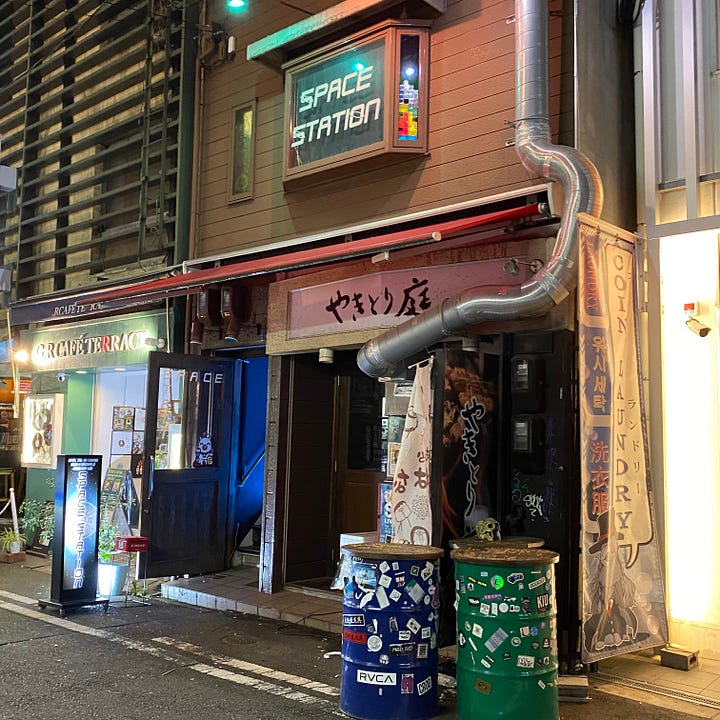
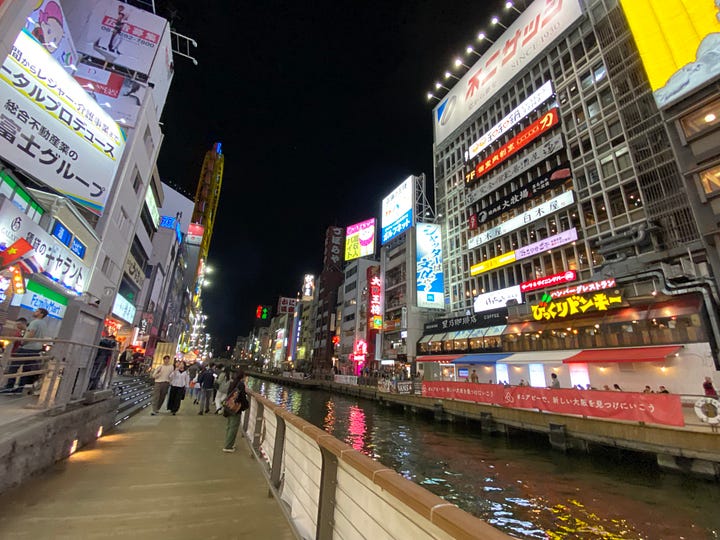
Day 8: Osaka
Breakfast: Train Station Snacks
Bullet Train to Osaka
Hotel Check-In
Lunch: Suntory Whisky House
Walking/Shopping/Exploring
Dinner: Okonomiyaki Kiji
Drinks: Space Station, Dotonbori
Notes:
It’s going to sound lame as hell but we signed up for a guided walking tour of Kyoto our first night there. We stayed at a friend’s Airbnb so we didn’t have a hotel as our home base, or a concierge to assist with attractions and reservations. The neighborhood (Higashiyama Ward) turned out to be incredibly well-located. Amazingly walkable, lots of little shrines to explore, easy access to trains, and great local spots to eat and sip. We stumbled onto Bar Revoir our first night in town and pretty much ended every night there with a drink, or two, or three on our walk home.
Fushimi Inari Taisha is one of the most famous shrines in all of Japan. You should hike all the way to the top of Mount Inari. Most white people usually stop at the lookout point roughly 2/3 of the way to the top. Go the extra mile. You’ll be happy you did once you reach the peak. The whole hike takes about two hours and covers a little over 3 miles in distance.

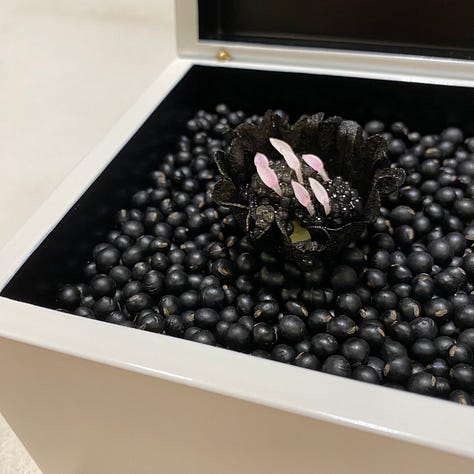
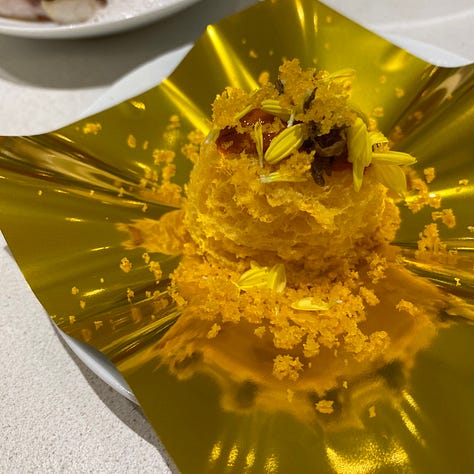
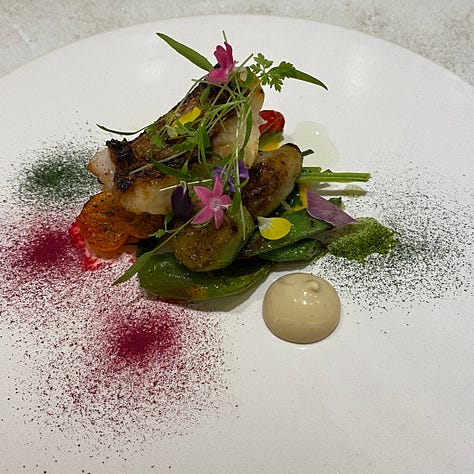


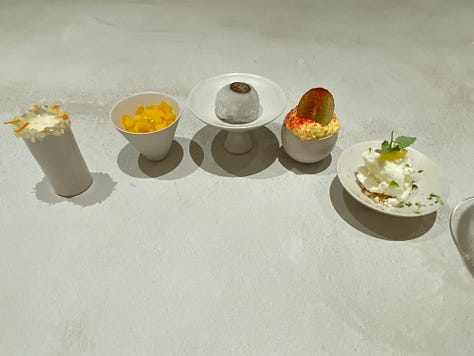
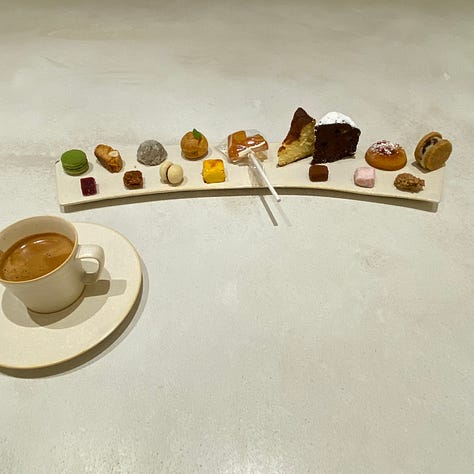
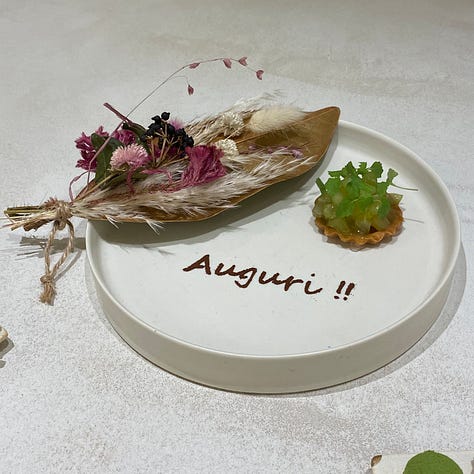
Takayama is a 1-Michelin Star restaurant at the top of a depāto that we booked through the Michelin website. It was our favorite meal of the entire trip. The food was incredible. The service was flawless. We befriended a couple from Germany on their honeymoon and ended up standing in line at Bees Knees with them. Eventually we wound up at Bar Rocking Chair. Pro Tip: Go to Bees Knees before dinner, otherwise you are unlikely to get in. Once people get inside, they stay there. It is a small bar and very popular.
The 88-Temple Pilgrimage was recommended by Brad Clark of Private Press. You can spend your whole trip taking side quests to different neighborhoods or towns to see the most popular touristy temples from photographs you’ve seen a million times, or you can visit 88 on one morning hike. We chose the latter.
Nishiki Market is open from 9am until 6pm. The earlier you get there, the better. You’ll want to eat everything. Our original plan was to walk the whole corridor before munching, but we quickly realized we should grab and eat whatever we want as soon as it appeals to us. This strategy worked well.
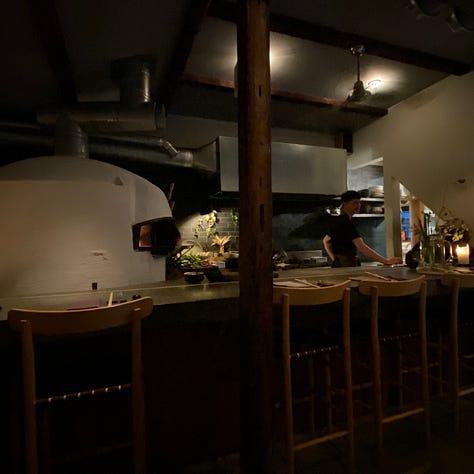

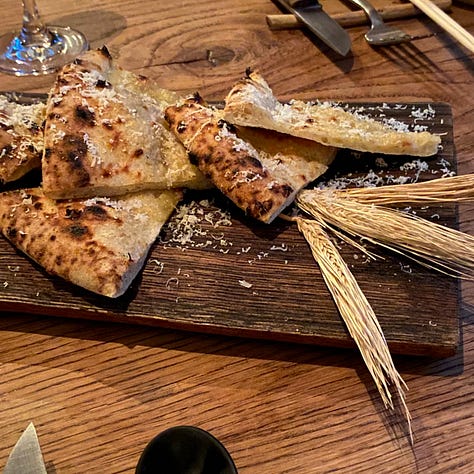
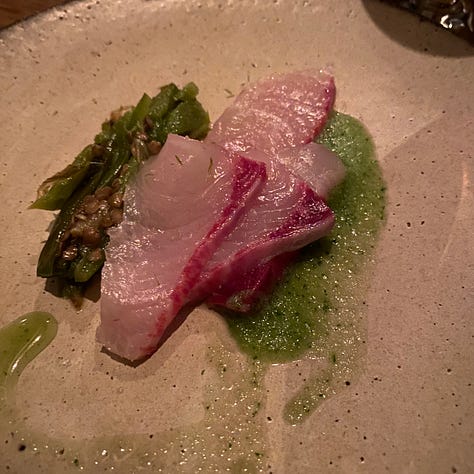
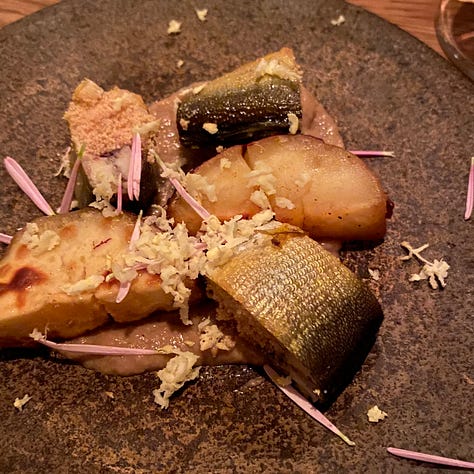
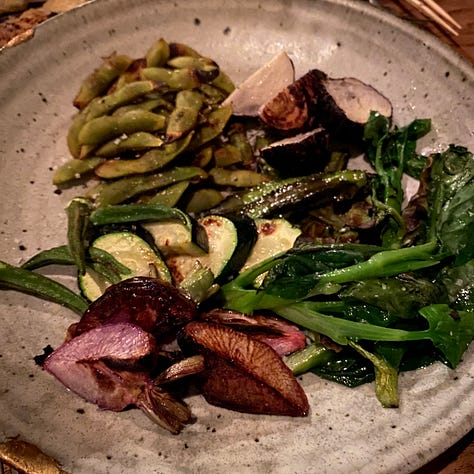
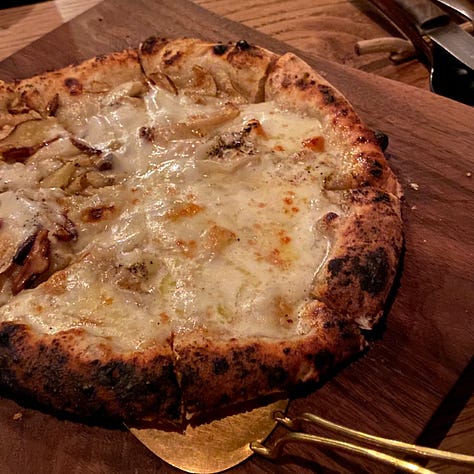
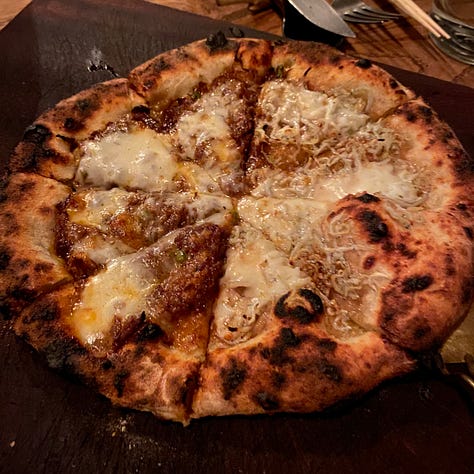

Restaurant Monk is situated on Philosopher’s Path, so it’s an easy way to kill two birds with one stone. Reservations are very hard to obtain. They open two months in advance at noon Kyoto time. We spent three straight nights trying to get seats and they sold out in seconds. On the last possible night we could try, we decided to look for a table of four instead of two seats at the bar. Finally I was able to grab a reservation. Then I went on r/FineDining and offered to sell the other two seats at our table. Another couple on their honeymoon from the UK responded to the request and we were able to enjoy a nice meal together. Afterwards, we shared a cab back to their hotel (The Ace) and hopped around a few local bars: Grand-bar and then Seven & Seven. The latter is owned by this adorable old man who was the sweetest, most eager-to-please bartender ever.
We stayed at the Intercontinental in Osaka. It was the only hotel we paid for the entire trip. I signed up for an IHG membership when I booked the room to see if there were any member discounts. There were none. Somehow, when we arrived at the hotel I was told that my membership granted us an upgrade to a suite. It turned out to be the nicest room of the entire trip. Great location, friendly staff, solid cocktail bar. The suite offered amazing views of Osaka.
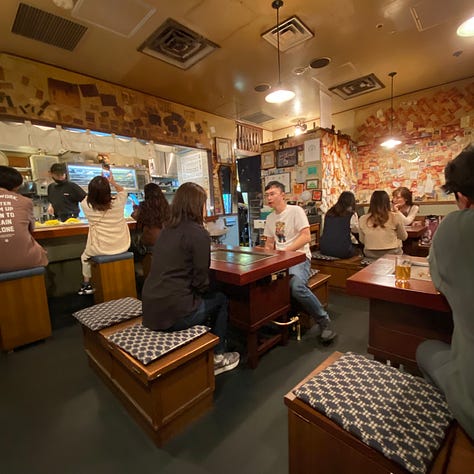


Kiji is a Michelin Bib Gourmand designee. We weren’t sure what to expect and wound up eating some of the tastiest bites of food we had on this leg of the trip. It’s tiny (10-20 seats?) so there will be a line. We waited maybe 30 minutes. The owner is the only person there who speaks some English. We let him order for us. One okonomiyaki, one soba, two beers, and one highball. Total price: $21.08. It was perfect. Cash Only.
Space Station is a video game bar. It came recommended so we tried it but weren’t thrilled with all the white people drinking cheap, watered down cocktails and beer. We played Soul Caliber and Mario Kart Double Dash. Then we walked to Dotonbori without a plan, and that was just fine. It’s basically Osaka’s Times Square so how long you hang around depends on your tolerance for a large, packed tourist trap.
Part 4
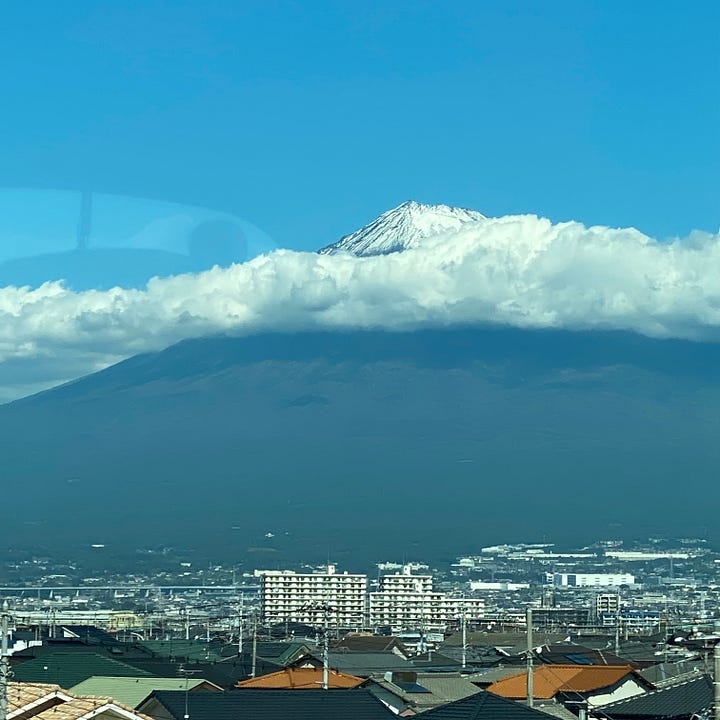

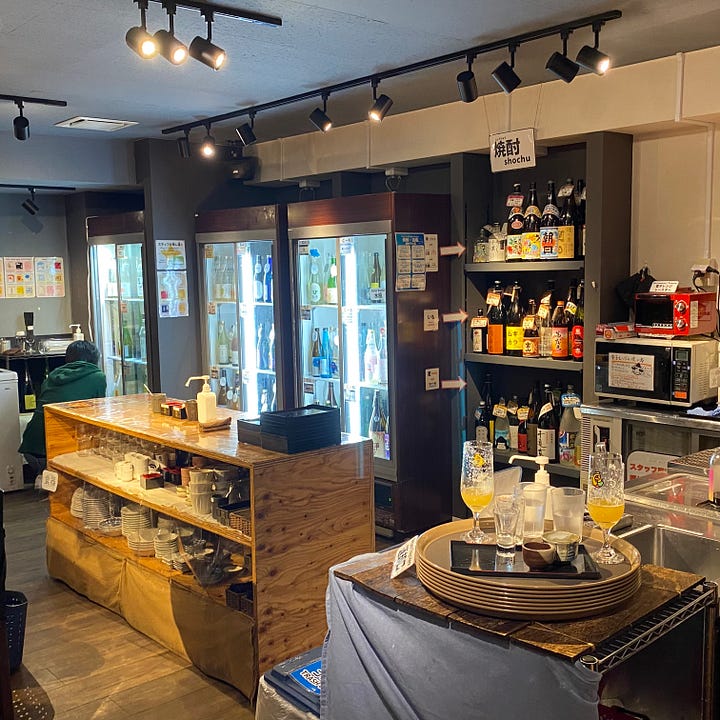

Day 9: Tokyo
Breakfast: Train Station Food!
Shinkansen to Tokyo
Hotel Check-In
Explore Shinjuku / Ikebukuro
Souvenir Shopping
Drinks: Brussels Beer Project
Dinner: Ryu-Nosu (Kasu Udon)
Drinks: Kurand Sake Market
Late Night: Kabukichō
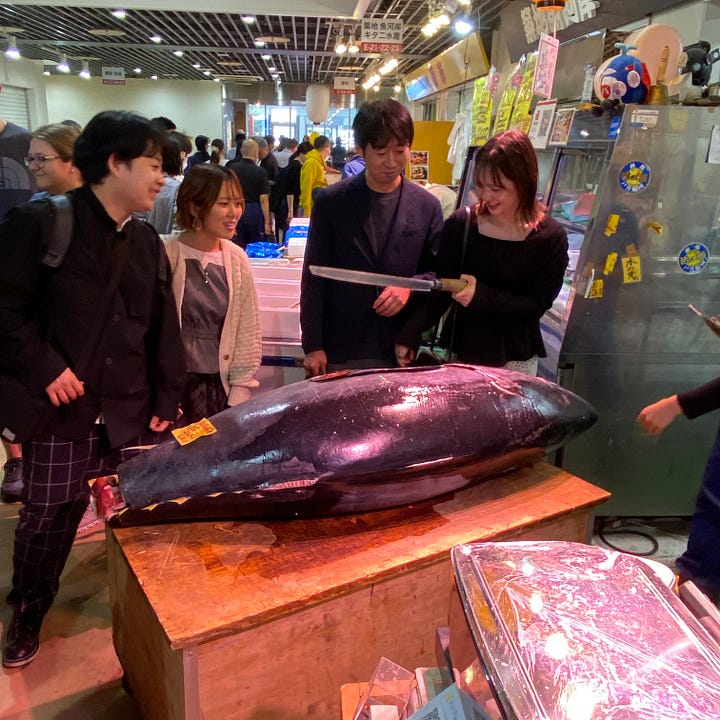
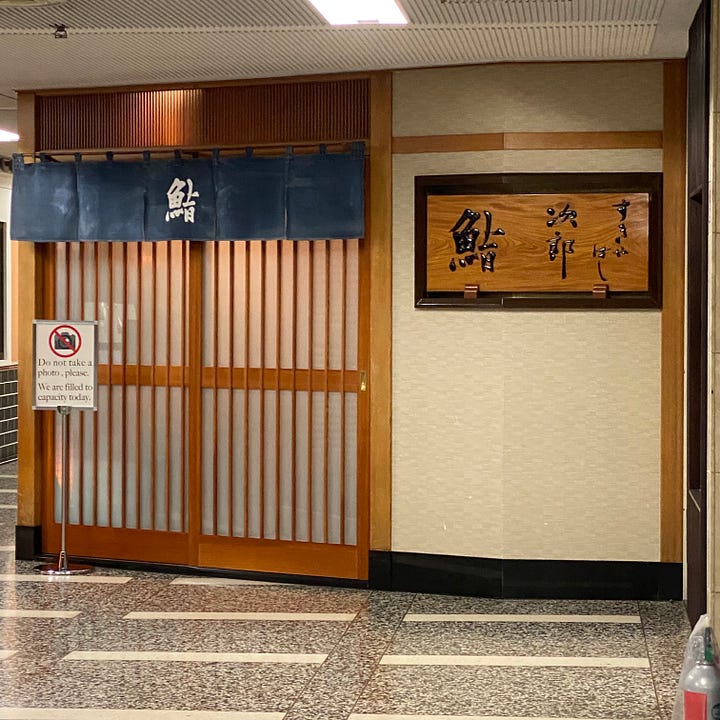


Day 10: Tokyo
Tsukiji Outer Market
Lunch: Unknown Restaurant Near Tsukiji
Souvenir Shopping
Dinner: Sukiyabashi Jiro Ginza Branch
Drinks: Bar Evans, Gaslight Eve
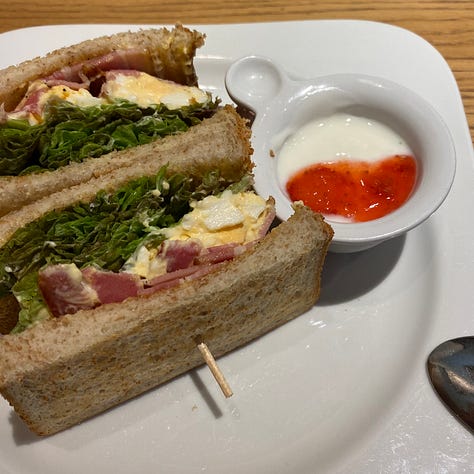
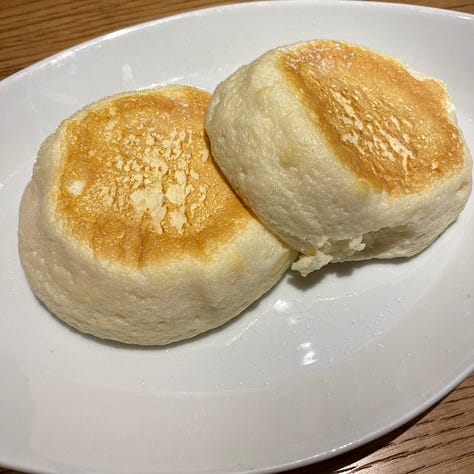
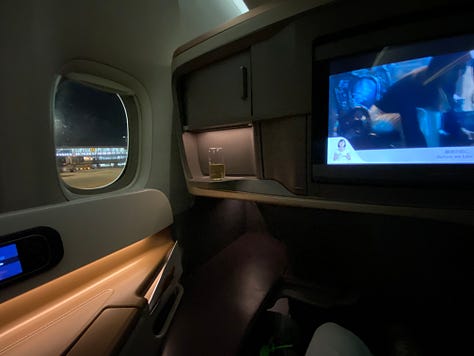
Day 11: Tokyo
Breakfast: Musashino Mori Diner
Hotel Check-Out
Depart Narita to LAX
Notes:
Always buy something from the kiosks in the train stations to munch on during your travels. Everything is fresh and tasty. On this leg we had an egg sandwich and a masala katsu sando, a few random pastries, cold brew coffee (which is available in almost every vending machine in Japan), and beer.
7-11 in Japan is incredible. The food is so good. A few times in Kyoto we drunkenly stumbled home with bags filled with treats to enjoy as we fell asleep watching TV. It rained twice and all the 7-11s sell the exact same umbrella with a white plastic handle. Everywhere you go has an stand outside, and on days when it rains they overflow with ten, twenty, fifty of the exact same umbrella. Rain spoiling your plans sucks, but fifty identical umbrellas outside a department store is a sight to behold.
Kurand Sake Market is an all-you-can-drink sake bar that would never work in America. We had a blast for 90 minutes trying dozens of different sakes from their fridges, making our own concoctions with ice cream, blending sake with beer, and generally having a fun time. It got us just buzzed enough to wander through Kabukichō (Red Light District).
It helps, although is not necessary, to have a tour guide show you around Tsukiji Outer Market. Anyone can stand in line for treats from the stands in the outer market. It’s way harder to bargain with a dealer for fresh-off-the-carcass tuna inside the Tsukiji Uogashi building next door. That’s where a guide comes in handy.
Anticipate stopping at Don Quijote during your travels to buy an extra suitcase. You will need it for all your souvenirs and gifts and new purchases. A sturdy one costs $30 or $40 depending on the size you need. We filled one with food, gifts, and laundry so we didn’t have to compromise our normal luggage. Don Quijote also sells every flavor of Kit Kat imaginable.
If you’ve seen Jiro Dreams of Sushi you probably also dreamed about eating at Jiro Ono’s famed restaurant. Ironically, the place that got its 3 Michelin stars taken away for being too exclusive was one of the easier reservations to get. There are only two things you need to know to get a seat at the best sushi counter in the entire world. First, you have to be staying at very specific hotels that can make reservations for you. No credit card concierges, no phone reservations, nothing online. At the time it looked like only four hotels could make reservations there, but now I’m reading any 5-star hotel in Tokyo can make one. Second, if you want a chance to see Jiro you need to reserve your seat at the “main branch” in Ginza. He is 90+ years old now, does not go to work everyday anymore, and when he does he sits quietly and watches his son Yoshikazu prepare the meal. Without getting too into specifics I will just say it was a memorable meal, and I would not recommend it for most people. The 20-course omakase experience costs 50,000Y per person, or $350.
The two bars we visited after Sukiyabashi Jiro were both outstanding. Bar Evans is a jazz bar without a menu where the bartender asks your spirit of choice and makes you whatever he feels like. Great music. Great sound system. Bar Gaslight Eve I posted about on Instagram, and was my favorite cocktail bar of the entire trip.
Singapore Airlines has the nicest business class I’ve ever experienced. They feed you delicious food until you’re nearly sick, and the flight attendants are the warmest and most attentive crew I’ve had the pleasure of flying with. A comfortable, luxurious trip back to Los Angeles made for a fitting conclusion to our honeymoon.
It’ll take at least five years before I can afford such opulent international travel again. Or maybe another wedding…
That’s it for my guide. If I think of anything else really important I forgot, I will add it later. It feels pretty thorough to me. Have a friend traveling to Japan in the near future? Here’s how to share this post:
If you have any questions or suggestions, leave a comment.
And if you liked this post and want to support my Substack, consider a subscription. As I recently wrote to longtime Swan Fungus reader Jonathan, my goal is to post once a week. Each month will contain two free posts and two paid posts, plus an additional mixtape for paid subscribers only.


